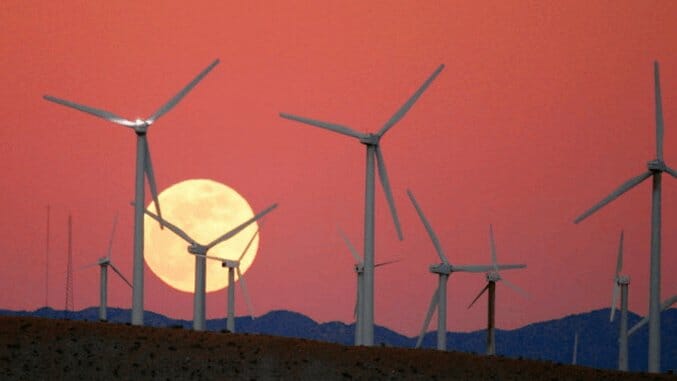Catalyst Turns Sunlight and Carbon Dioxide into Fuel

A cheap new chemical catalyst has allowed scientists to mimic part of the photosynthesis process using electricity to split CO2 (carbon dioxide) molecules. The electricity was generated by a solar cell which then converted the energy into rich carbon monoxide (CO) and oxygen.
Replicating natural photosynthesis in one form or another has been the goal of scientists for many years now, and this new catalyst may just be the key to making that happen on a more consistent basis. If so, this specific process could lead to a scientifically-engineered method to create unlimited amounts of fuels from sunlight, water and CO2—which also happens to be the main culprit in global warming.
The process essentially involves breaking CO2 down into separate particles of carbon and oxygen, which then gives way for oxygen to be bonded with hydrogen. With various combinations of hydrogen atoms, one could potentially power cars or other such machinery for extended periods of time. That being the case, researchers have been searching for catalysts—or combinations of elements—that would allow them to separate the compounds in CO2 once they’ve been formed.
-

-

-

-

-

-

-

-

-

-

-

-

-

-

-

-

-

-

-

-

-

-

-

-

-

-

-

-

-

-

-

-

-

-

-

-

-

-

-

-








































